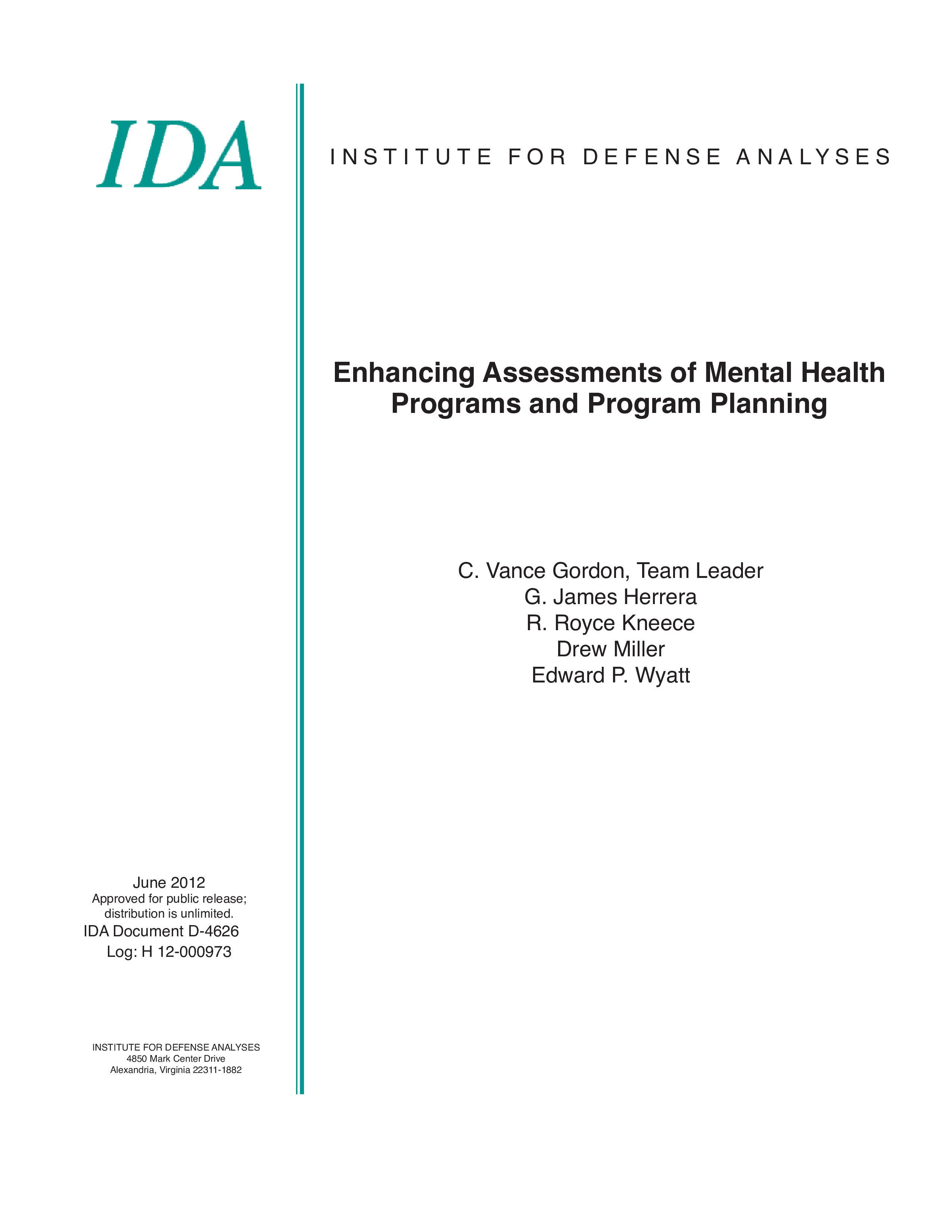This study focuses on psychological health (PH) care for active duty service members, including activated members of the Reserve Components. The Defense Health Program (DHP) faces three challenges in resource allocation: predicting and managing peacetime demands; predicting and preparing to manage wartime demands; and recognizing and managing actual wartime demands. Predictions of wartime demands for PH care have been hindered by uncertainties regarding casualty rates and treatment requirements. After a decade of war in Iraq and Afghanistan, PH treatment demands have overtaxed the DHP. The growth in PH demand has been met predominately through direct care for active duty outpatient services and purchased care for other beneficiaries and active duty inpatient services. Although the DHP information technology system doesn’t currently support comprehensive PH data collection, Health Affairs’ Office of Strategy Management has schematically defined the relationships between military status and health status in two flowcharts. The flowcharts implicitly identify crucial points for the collection of data to support assessments of treatment efficacy and to improve coordination between the Department of Defense (DOD) and the Veterans Administration (VA).

